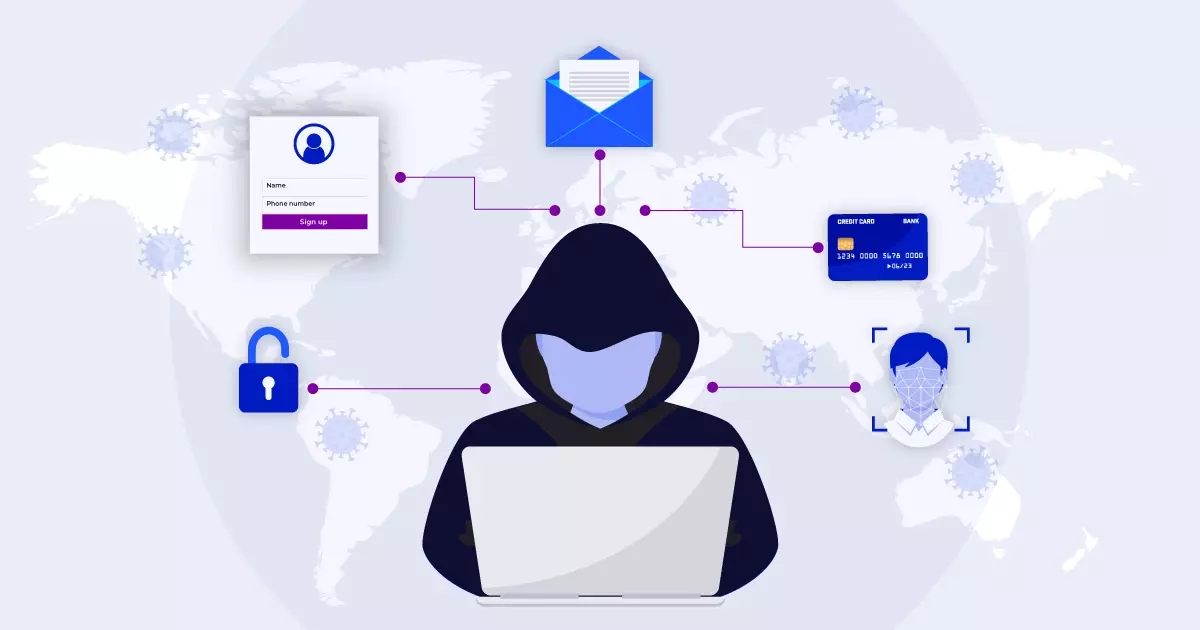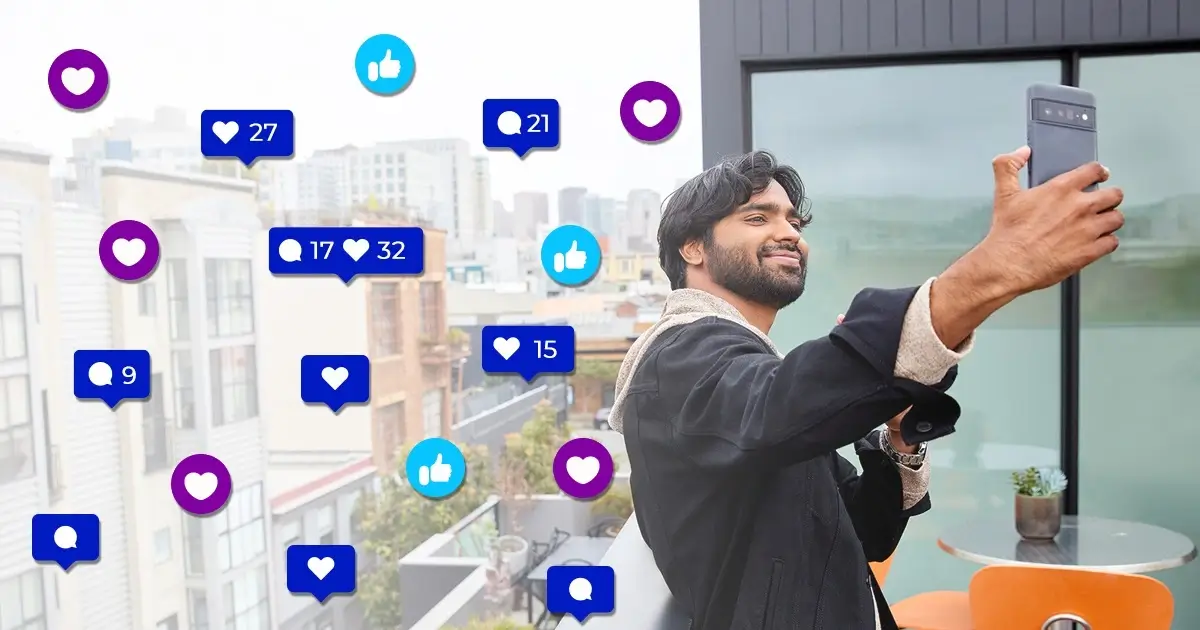
Some people like being the center of attention, while others shy away from it.
Either way, one thing is for certain: It’s never good to be in the spotlight of identity fraudsters.
Synthetic identity fraud continues to rise, with the average synthetic ID profile netting $81,000 to $98,000 per incident. These attacks are responsible for many frustrated victims, damaged brands, and big financial losses. With synthetic ID fraud, defense is the new offense, and your customers are looking to you for protection and information on how they can stay safe.
This article provides insights into who’s at risk, what to look for, and best practices to share with your customers to keep their data out of the hands of bad actors.
What is synthetic ID fraud?
Synthetic identity fraud uses a combination of real and fake personal information to create a new identity essentially a fake “person” to apply for lines of credit and loans, open new accounts, and make purchases.
To build this fake identity, stolen personal information, such as a name, address, or social security number from unassociated victims are combined to create a new “person” to commit fraud.
Who are the victims?
Though it varies depending on the type of fraud committed, there are a few common groups that are most vulnerable to identity theft.

The following are the types and characteristics of people most likely to be affected. As part of your overall fraud prevention strategy, these people should be reminded to stay vigilant to ID theft attempts.
Senior citizens
Fraudsters target senior citizens for two primary reasons:
- They don’t check their credit reports as often as younger people. As many seniors are retired and beyond making big purchases with credit, they are often less concerned with their credit scores and may not check for discrepancies regularly.
- They are often more trusting and compliant. Seniors are more likely to trust strangers, especially fraudsters using social engineering tactics some that are even threatening to steal their information.
Children
As with the elderly, children are not likely to check to see if their information has been stolen and they are not likely to have a credit rating. Today, however, children are sharing information across the internet via games, social media, learning apps, and more. Fraudsters can easily steal some or all their information and use it to conduct fraud schemes. In this case, the victim may not be aware until years later when he or she tries to use credit.
Previous victims
Fraudsters often attack the same person multiple times. Primarily, this is because those who were vulnerable in the past due to poor fraud prevention habits will likely remain so in the future.
Regular social media users
Social media connects people around the world in ways unimaginable even a decade ago. People routinely post personal information on these platforms, making it easier for an identity thief to compile the necessary data to commit fraud or steal pieces of personal information to create a new identity. Newlyweds, for example, often post details of their marriage on public-facing platforms, including full names, email addresses, and phone numbers.
Outliers: Millennials
Millennials, the first generation to use social media as their primary communication channel, are increasingly becoming victims of identify thieves. This uptick has happened in the last couple of years, possibly due to the increase in digital transactions conducted by a generation comfortable with conducting all aspects of their lives online.
What to look for
Here are the telltale signs of identity theft your customers should look out for:
- Drastic changes to credit scores. Minor fluctuations on a credit report shouldn’t cause alarm, but if the numbers jump drastically one way or the other for no underlying reason, ID fraud may be in-progress.
- Unusual medical bills. Unrecognized medical treatments and bills may signal more than an office error: They may indicate healthcare fraud using stolen credentials.
- Changes to account settings. If your customers are seeing changes to their account preferences they didn’t make, this may indicate a fraudster has set up shop.
Best practices for ID theft prevention
Awareness of the tactics used by fraudsters and their most likely victims can help you and your customers prevent ID theft, including the currently prevalent synthetic ID fraud. Below are best practices you can share with them to keep their data safe.
Develop good online/computer habits
Encourage users on your platform to develop basic online/computer security habits:
- Implement effective antivirus and antimalware software
- Survey active online accounts (email, social media, subscriptions, etc.), and close ones no longer used
- Create strong passwords, change periodically, and use different passwords for each account
Review and monitor credit
Checking credit reports periodically can help mitigate the damage of ID theft and stop it when it’s in-progress.
Check personal finance reports
Reviewing personal finances regularly can help your customers discover signs of ID theft in the form of unauthorized purchases and withdrawals.
How Telesign can help
Telesign works to protect platforms and consumers globally against fraud before it happens.
Using advanced AI capabilities in combination with machine learning and a global footprint of phone number intelligence, Telesign offers unique developer-friendly APIs that help you defend against synthetic ID fraud by adding an easy way to check the risk and associated ownership of a phone number instantly.
Our enterprise solutions empower you to protect you and your customers from synthetic identity fraud.
If you want to learn more about stopping synthetic ID fraud, reach out and chat with us today.



